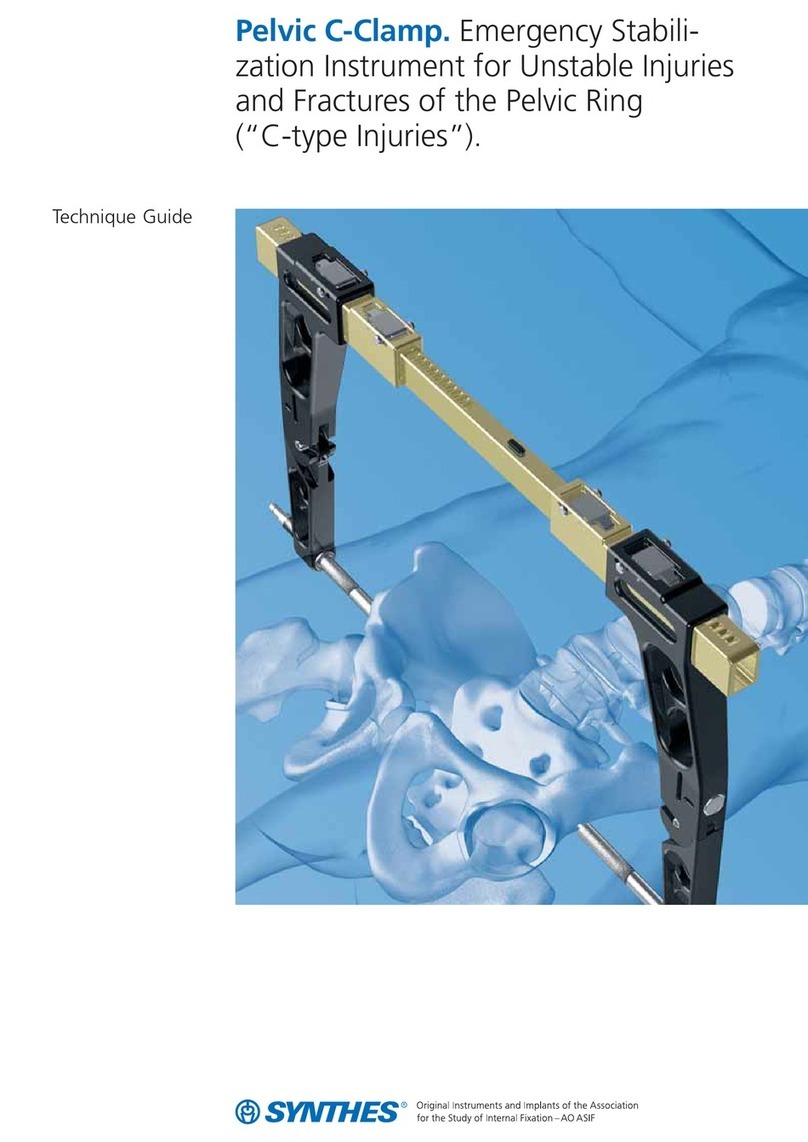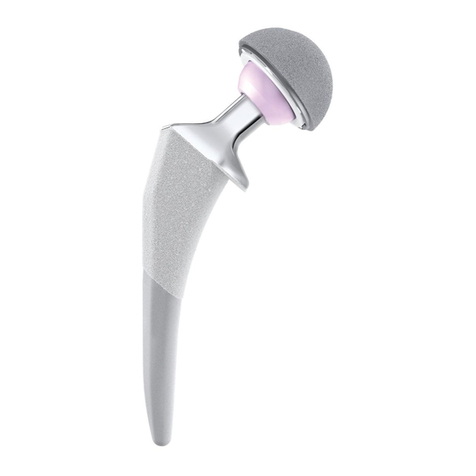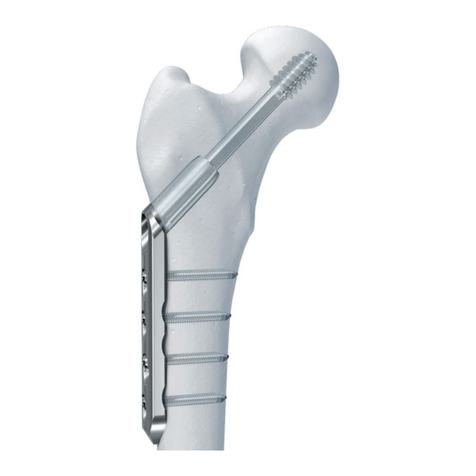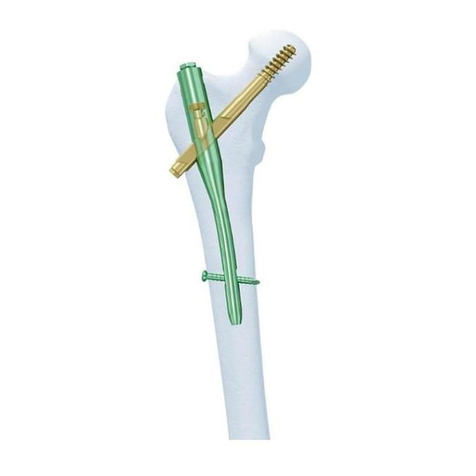Synthes Spine Cable System Quick start guide
Other Synthes Medical Equipment manuals
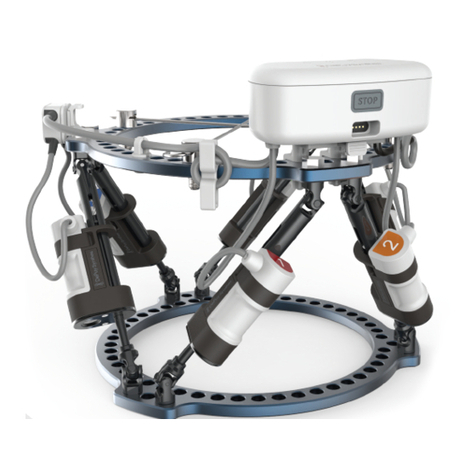
Synthes
Synthes MAXFRAME AUTOSTRUT User manual
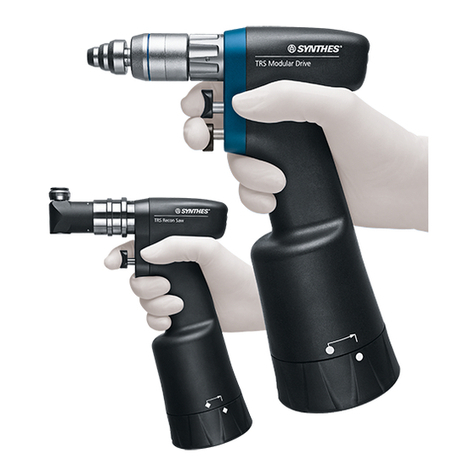
Synthes
Synthes TRS User manual
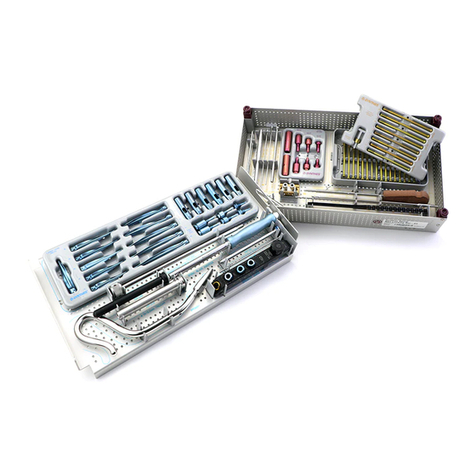
Synthes
Synthes The Titanium Femoral Nail System User manual
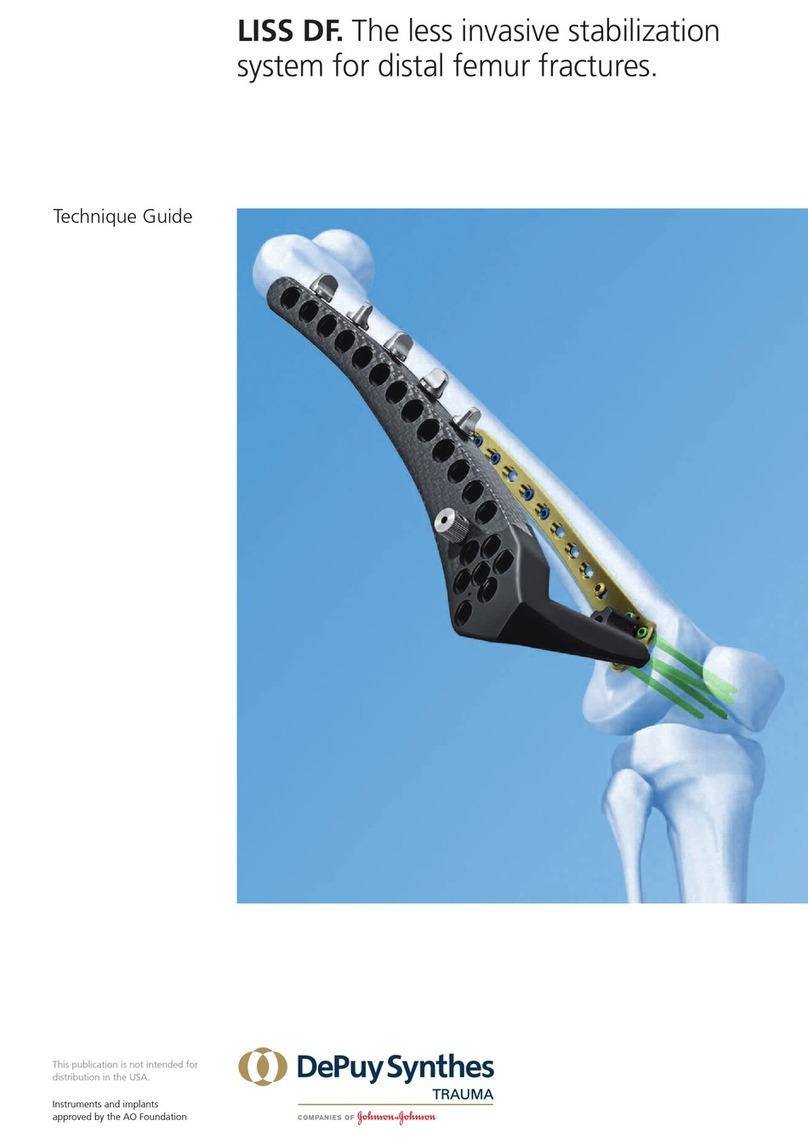
Synthes
Synthes LISS DF User manual
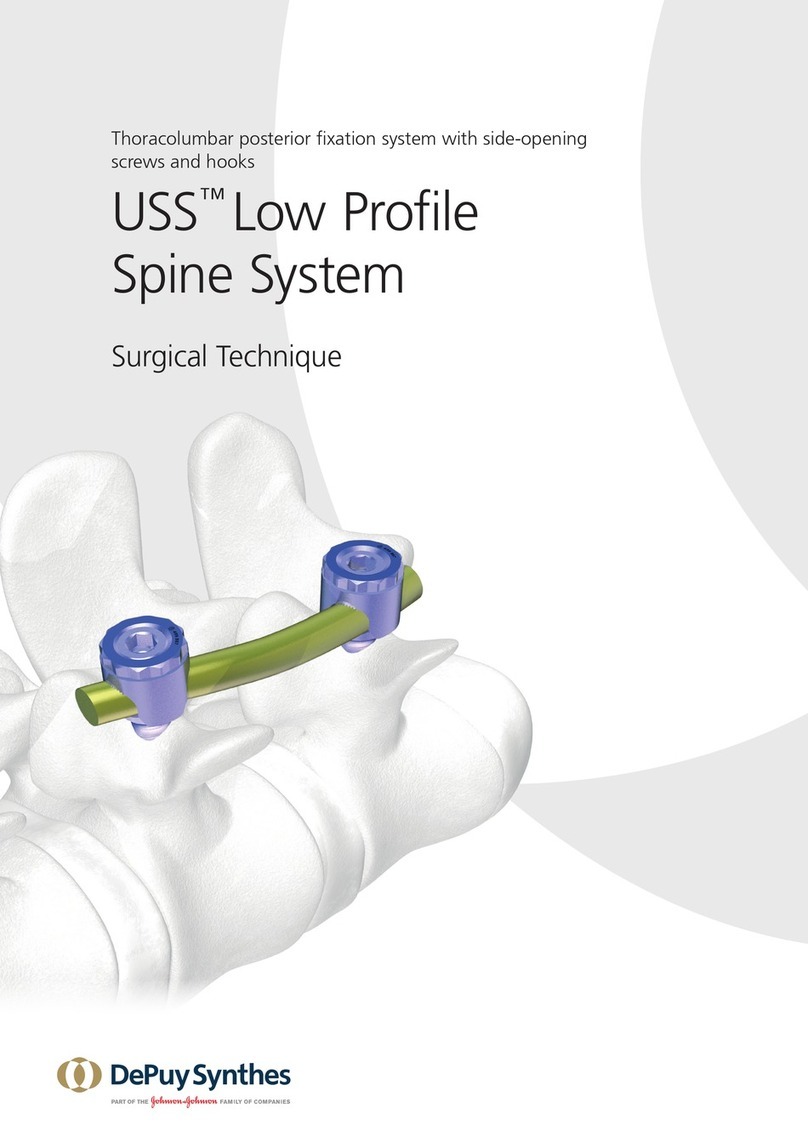
Synthes
Synthes USS Low Profile User manual
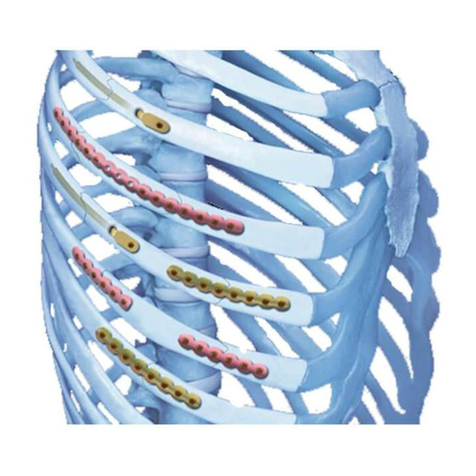
Synthes
Synthes MatrixRIB User manual

Synthes
Synthes Synex System User manual
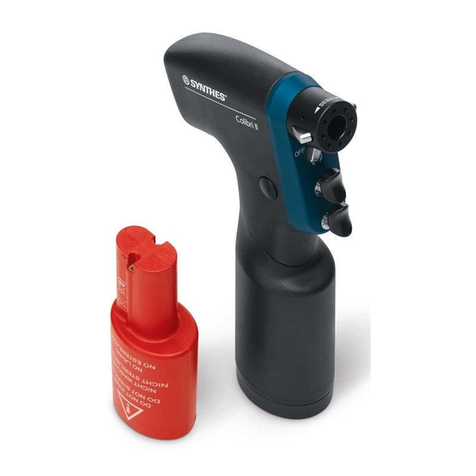
Synthes
Synthes Colibri II User manual
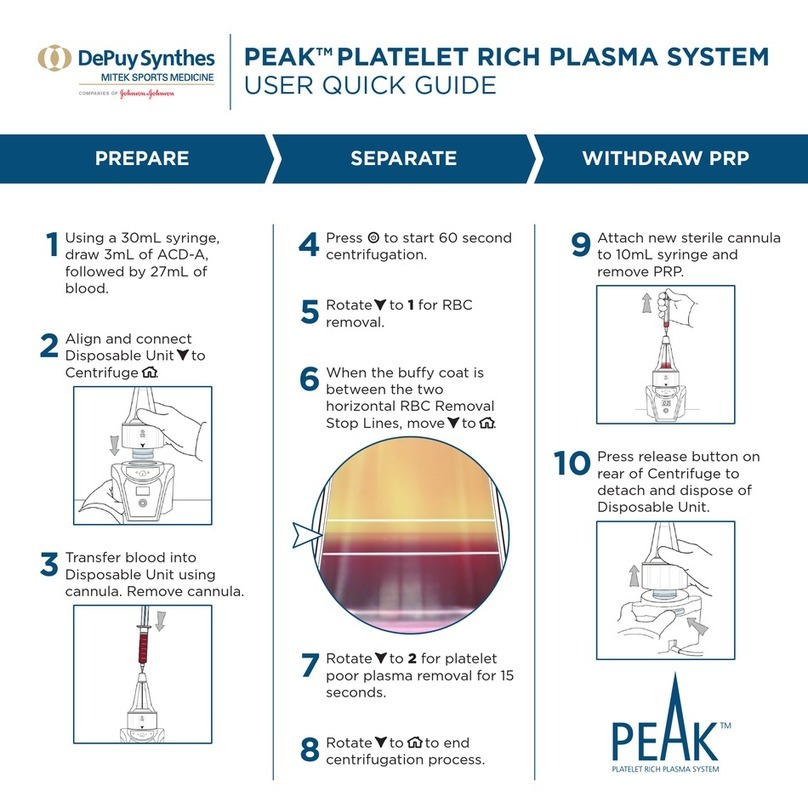
Synthes
Synthes PEAK User manual
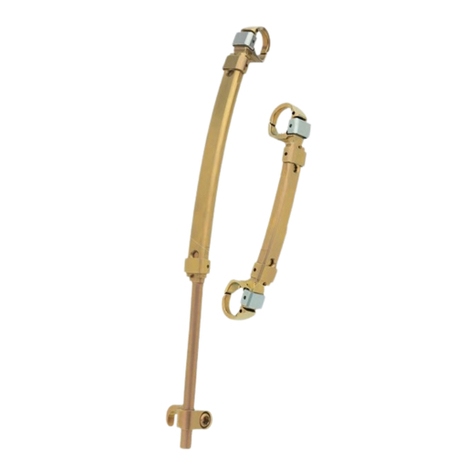
Synthes
Synthes VEPTR Quick start guide

Synthes
Synthes Electric pen drive Configuration guide
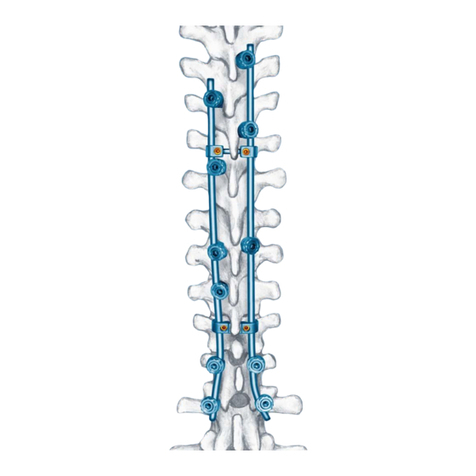
Synthes
Synthes Small Stature USS User manual

Synthes
Synthes UNIUM User manual
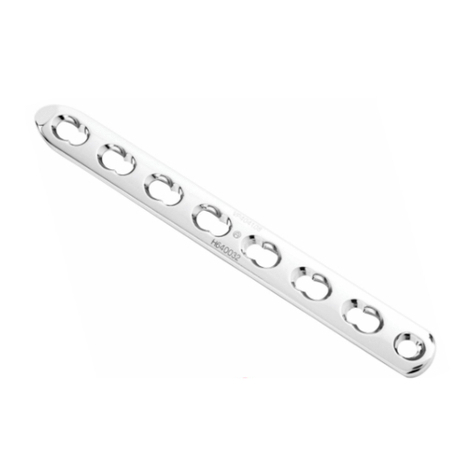
Synthes
Synthes LCP User manual
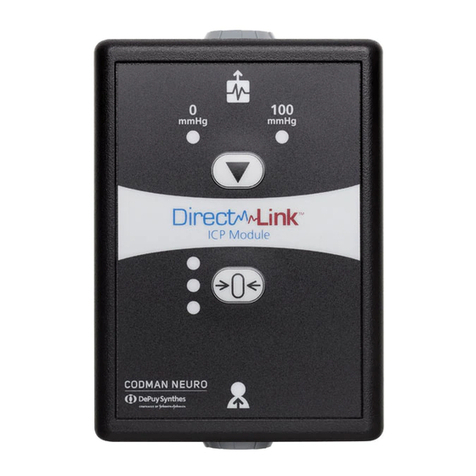
Synthes
Synthes Codman Neuro DirectLink User manual
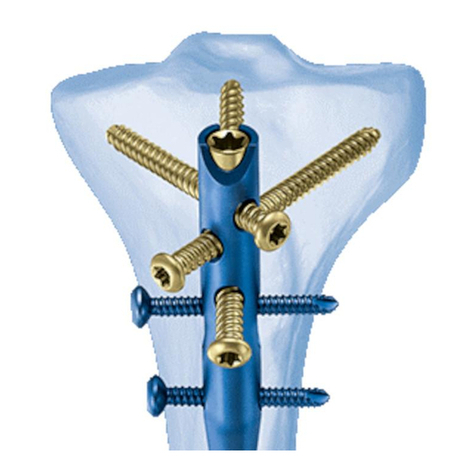
Synthes
Synthes Expert Tibial Nail User manual
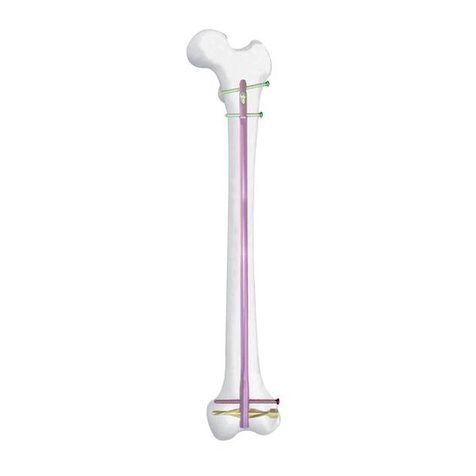
Synthes
Synthes DFN User manual
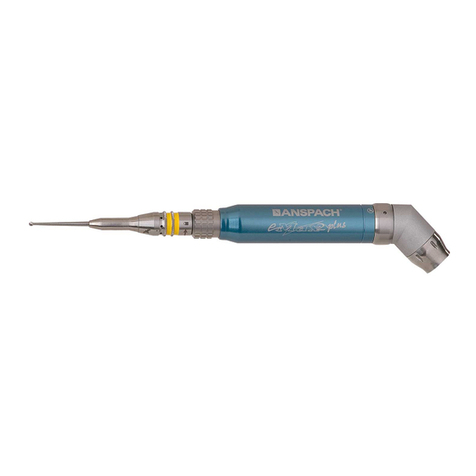
Synthes
Synthes Anspach User manual
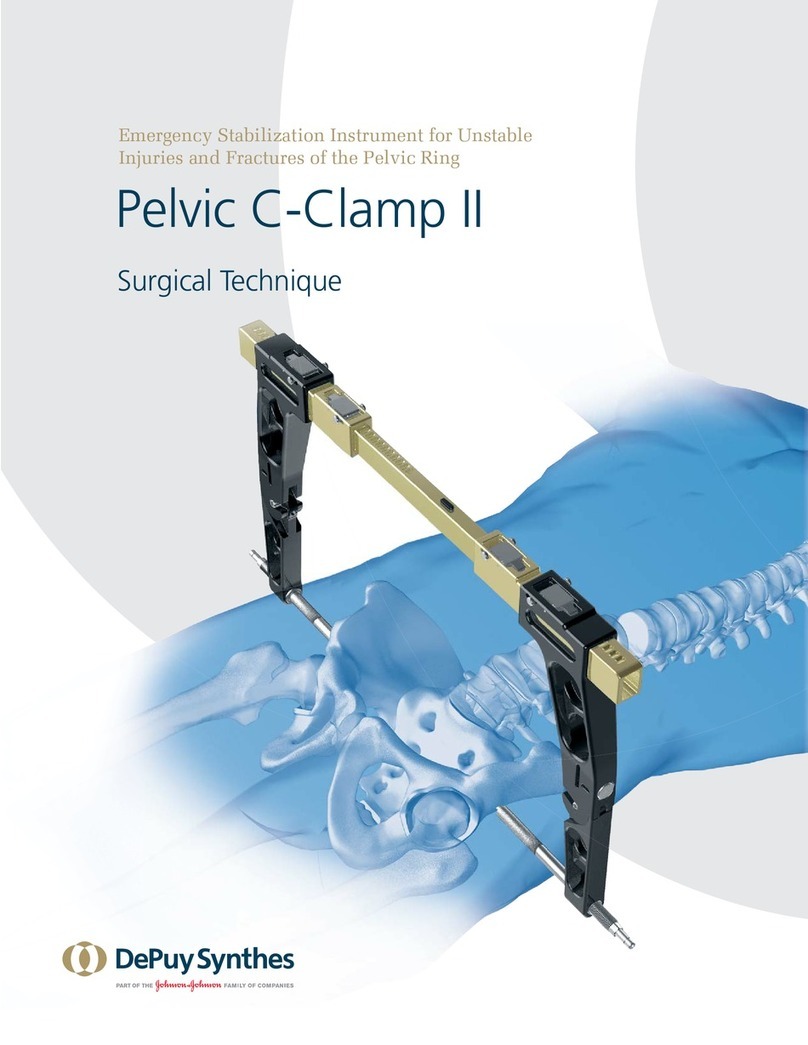
Synthes
Synthes Pelvic C-Clamp II User manual
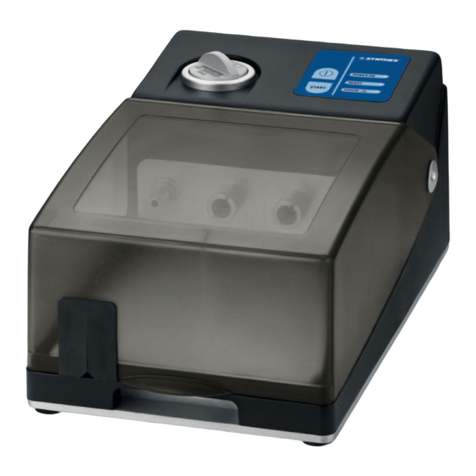
Synthes
Synthes Maintenance Unit User manual
Popular Medical Equipment manuals by other brands

Getinge
Getinge Arjohuntleigh Nimbus 3 Professional Instructions for use

Mettler Electronics
Mettler Electronics Sonicator 730 Maintenance manual

Pressalit Care
Pressalit Care R1100 Mounting instruction

Denas MS
Denas MS DENAS-T operating manual

bort medical
bort medical ActiveColor quick guide

AccuVein
AccuVein AV400 user manual
